Have you ever wondered if your cat truly notices your daily habits—your footsteps in the hallway, the hum of your voice as you talk, or even your unique way of opening the door? You might be surprised to learn just how attuned cats are to the smallest details of our routines. Cat lovers everywhere have long debated whether their feline friends form real emotional connections with them, or if these creatures simply see us as providers of food and comfort. Today, let’s unravel the mysteries behind how cats respond to our daily voices and movements, and discover just how deep the bond between human and cat can go.
The Science of Feline Attachment

Recent research has started to shed light on how cats form attachments. Contrary to the old myth that cats are aloof or indifferent, studies show that many cats develop strong emotional bonds with their humans, much like dogs and even babies do. Scientists have observed that some cats experience stress when separated from their owners and display affection when reunited. This attachment isn’t just about food—cats are capable of seeking comfort and security from the people they trust most. When a familiar voice or movement enters the room, your cat’s attention is often instantly piqued, signaling a deep, meaningful connection.
How Cats Recognize Human Voices

Cats are incredibly perceptive when it comes to sound. They can distinguish their owner’s voice from that of a stranger, even when several people are speaking at once. In experiments, cats have shown a clear preference for their owner’s voice, often flicking their ears or turning their heads in response. This heightened sensitivity suggests that cats are not only listening but actively processing the meaning and emotional tone behind what you say. Whether you’re singing, chatting, or simply calling their name, your voice becomes a familiar and comforting part of their world.
Movement: A Powerful Communicator

It’s easy to underestimate how much our movements matter to our cats. Cats are natural observers, always watching for subtle cues in their environment. Your walk, the way you gesture, or even how you pick up your keys can all signal different things to your cat. These movements help cats predict what’s about to happen—be it mealtime, playtime, or a cozy nap together. Over time, your unique movements become part of your cat’s daily expectations, reinforcing your bond every single day.
Routine and Reassurance

Routine is everything for cats. They thrive on predictability and find comfort in the familiar. When you speak at certain times, like morning greetings or bedtime stories, or when you move around the house in a particular way, your cat starts to anticipate these actions. This anticipation isn’t just about habit—it’s about reassurance. Your routines tell your cat that all is well, which can help reduce anxiety and stress, especially in uncertain times.
Vocal Tone and Emotional Connection
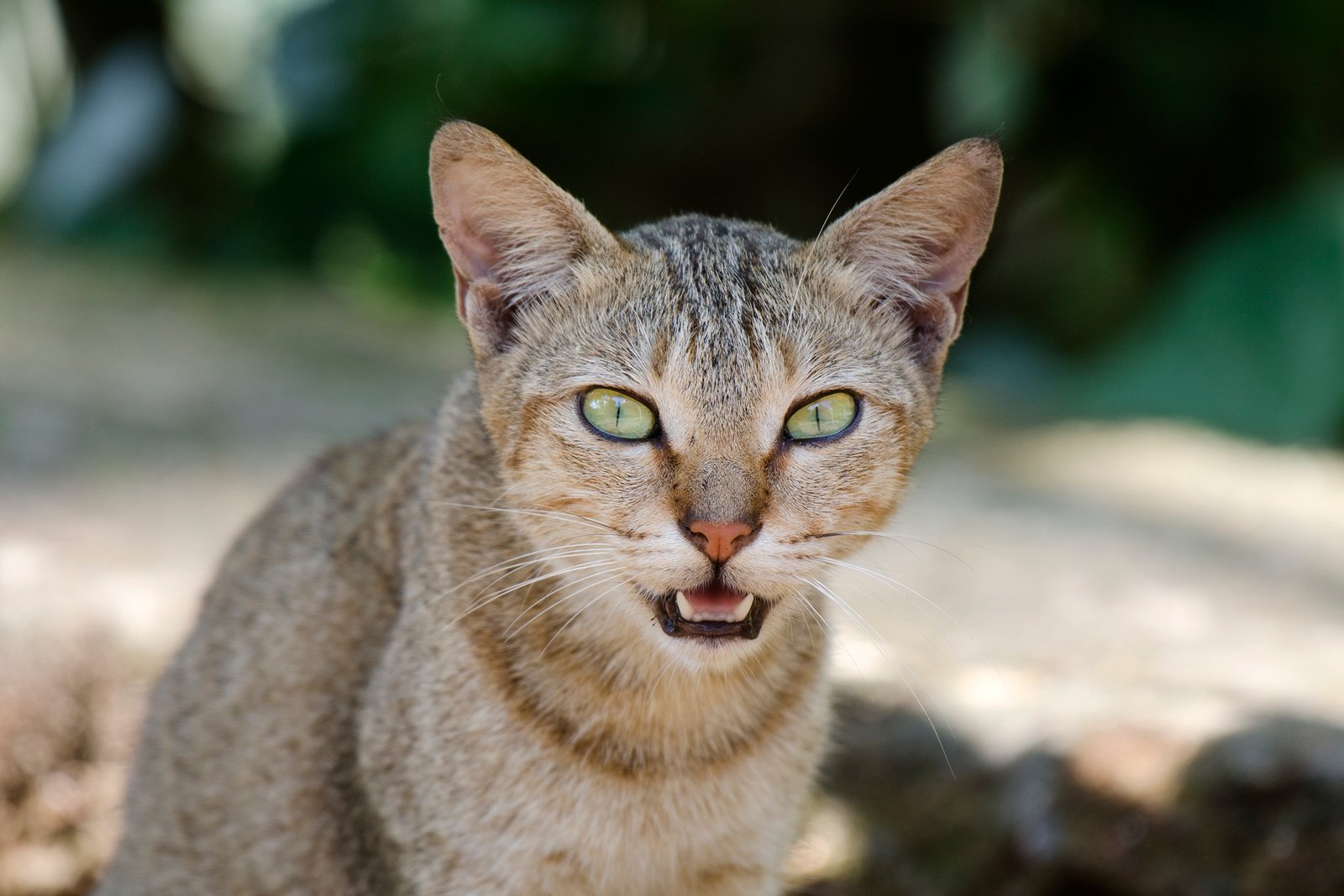
Cats don’t just notice what you say—they pay close attention to how you say it. A gentle, soothing voice can calm even the most anxious feline, while a sharp or loud tone might send them scurrying for cover. Over time, cats become experts at reading your emotional state through your voice. They learn to differentiate between playful, happy tones and those that might signal frustration or sadness. This emotional attunement is a clear sign of the deep connection you share with your pet.
Body Language: The Silent Conversation

While humans rely heavily on spoken language, cats are masters of nonverbal communication. They watch your body language carefully—how you move, sit, or even breathe. A relaxed posture can encourage your cat to approach, while tense or erratic movements may prompt them to keep their distance. This silent conversation goes both ways, as cats also use their own body language to communicate with us. By being mindful of your movements, you can create a more inviting and trusting environment for your feline friend.
Familiar Sounds and Their Calming Effect

The everyday sounds you make, from humming while you cook to the rhythm of your footsteps, can have a surprisingly calming effect on your cat. Many cats associate these familiar noises with positive experiences, such as cuddles or treats. When they hear you moving about the house, it reassures them that their world is safe and stable. Some cat owners even report that their pets become restless when the usual sounds of home are replaced by silence or unfamiliar noises.
Separation Anxiety and the Power of Presence

Though often labeled as independent, many cats experience separation anxiety when their favorite person isn’t around. This anxiety can manifest in behaviors like excessive meowing, pacing, or even destructive actions. The sound of your voice or the sight of your movement can instantly soothe these anxieties, reminding your cat that you’re close by. Simple actions like leaving a recording of your voice or maintaining regular routines can make a big difference for cats struggling with separation.
Learning Through Observation

Cats are keen learners, often picking up on routines and expectations by closely observing your actions. If you always grab a certain bag before leaving for work, your cat may start to associate that movement with your departure and might even respond with a meow or affectionate rub. Over time, these observations help your cat adapt to your schedule and feel more secure in their environment.
Voice Recognition: More Than Just a Name
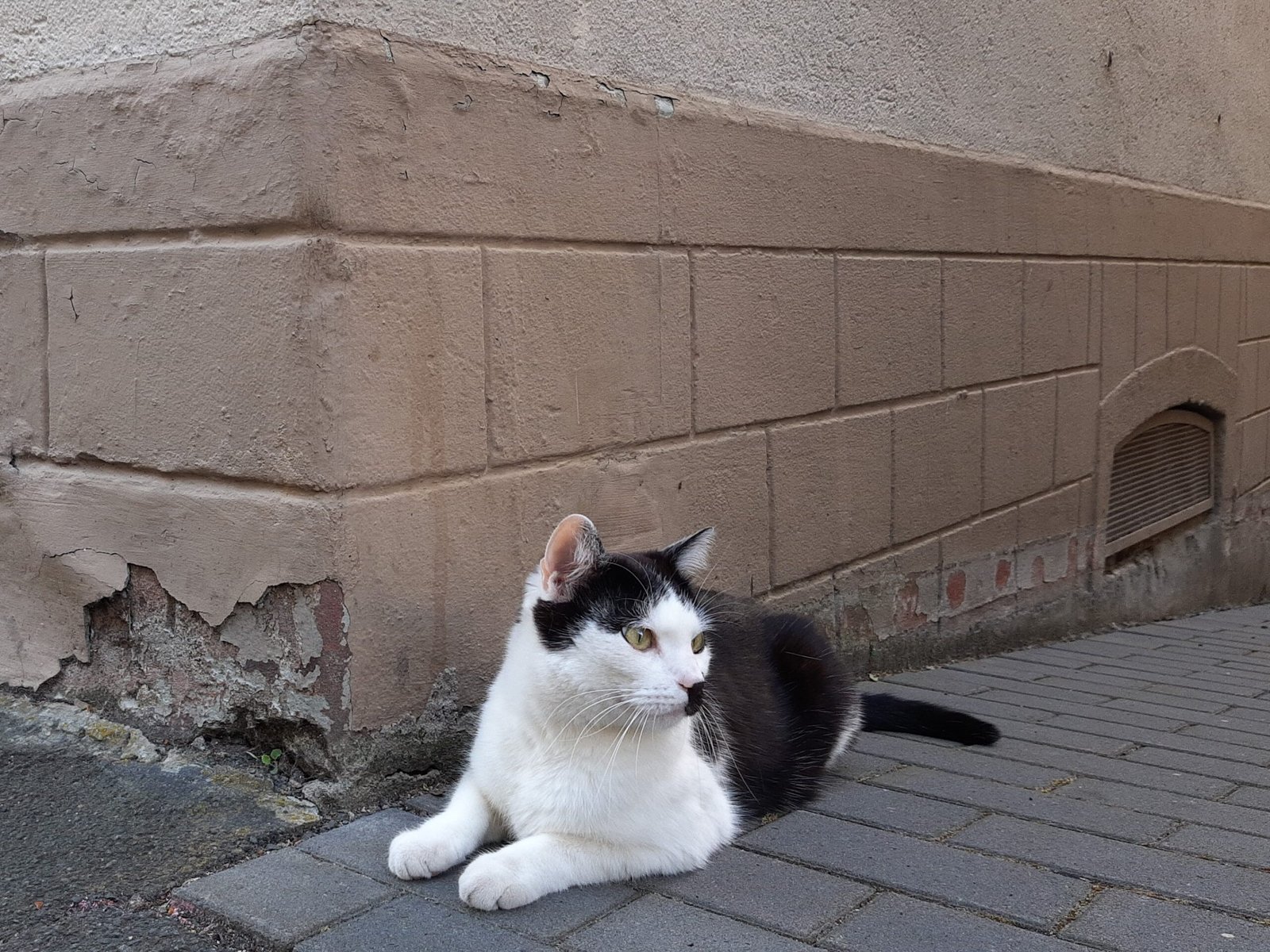
Did you know that your cat recognizes not just your voice, but also specific words and phrases? Many cats respond to their names, but some even learn the meaning of “dinner,” “treat,” or “no.” This level of recognition goes beyond simple conditioning—it’s a sign that your cat is actively engaging with you and forming a mental map of your language and behaviors. The more you talk to your cat, the more they learn to understand and respond.
The Role of Scent in Attachment
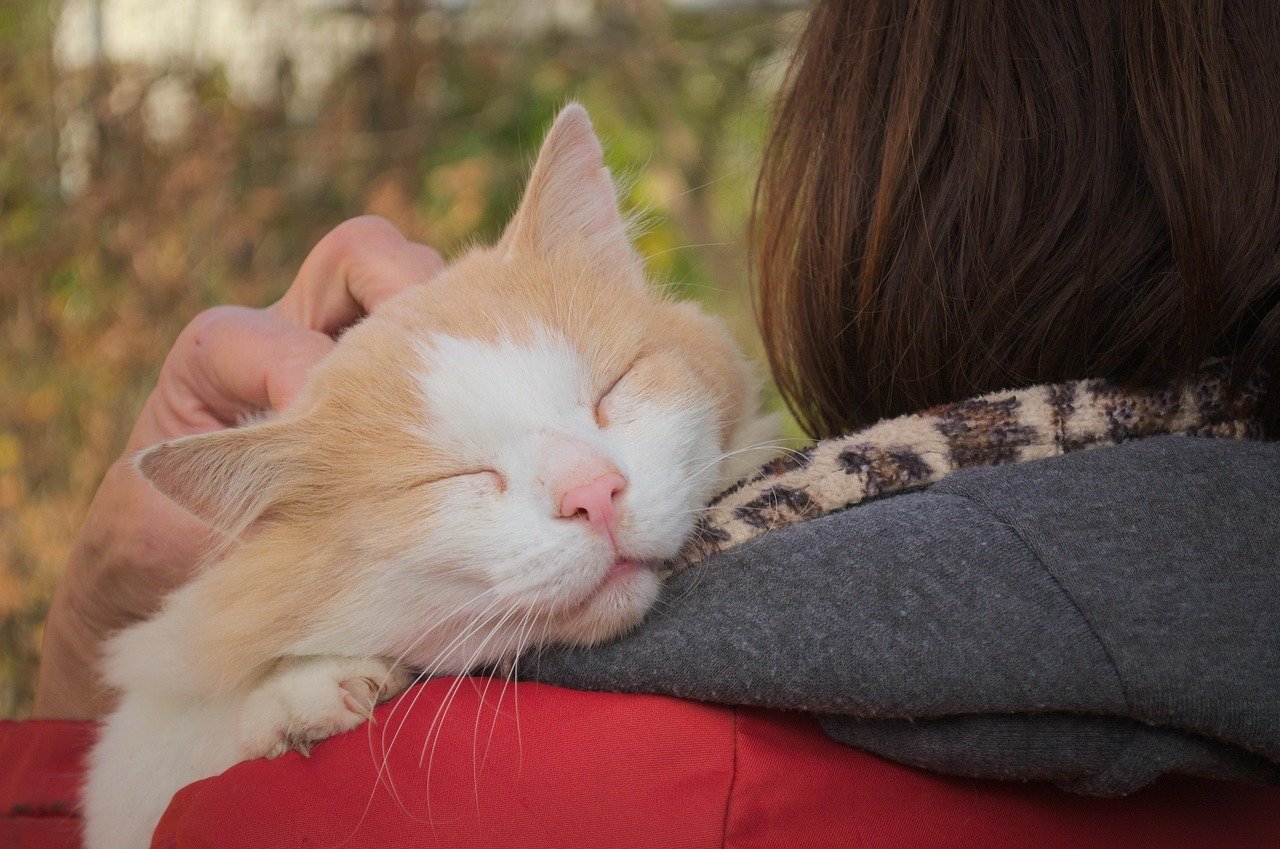
While this article focuses on voice and movement, scent is another major way cats bond with humans. Your movements often leave a trail of familiar smells, which your cat uses to navigate and feel at home. When combined with your voice and routine actions, these scents create a comforting, multi-sensory experience for your pet. This is why many cats seek out their owner’s favorite chair or laundry pile—it’s a way of staying close even when you’re not physically present.
Play and Interaction: Building Trust

Playtime isn’t just fun—it’s a powerful way to deepen your bond with your cat. The way you move a toy, toss a ball, or mimic the movements of prey can transform you into your cat’s favorite playmate. These shared activities help build trust and reinforce positive associations with your voice and actions. Cats who play regularly with their owners are often more confident, affectionate, and responsive to their human’s cues.
Comfort in Consistency

Consistency is a cornerstone of feline happiness. When your daily voice and movement patterns remain steady, your cat feels more at ease. Sudden changes—like a change in your work schedule or a new household member—can be stressful for cats. Keeping regular routines and familiar sounds helps your cat adjust to life’s inevitable changes and strengthens the security they feel in your presence.
Watching for Signs of Attachment

How can you tell if your cat is truly attached to you? Look for signs like following you from room to room, purring when you speak, or resting near your favorite spots. Some cats even “answer” back with their own meows or chirps in response to your voice. These behaviors are clear indicators that your cat is emotionally invested in your daily habits and finds comfort in your presence.
Cats and Emotional Support
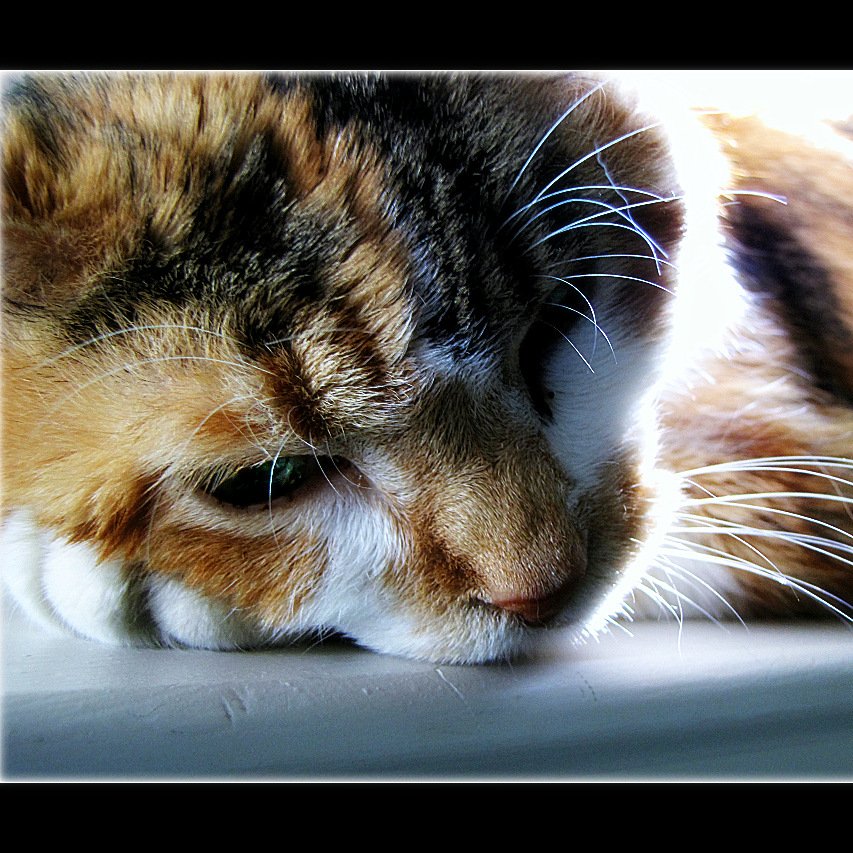
Cats have an amazing ability to sense when their humans are feeling down. Many owners report their cats becoming extra affectionate or attentive during difficult times. Your voice and gentle movements can offer mutual comfort, creating a unique form of emotional support. This two-way street of care is one of the most beautiful aspects of the human-cat relationship.
The Impact of Absence
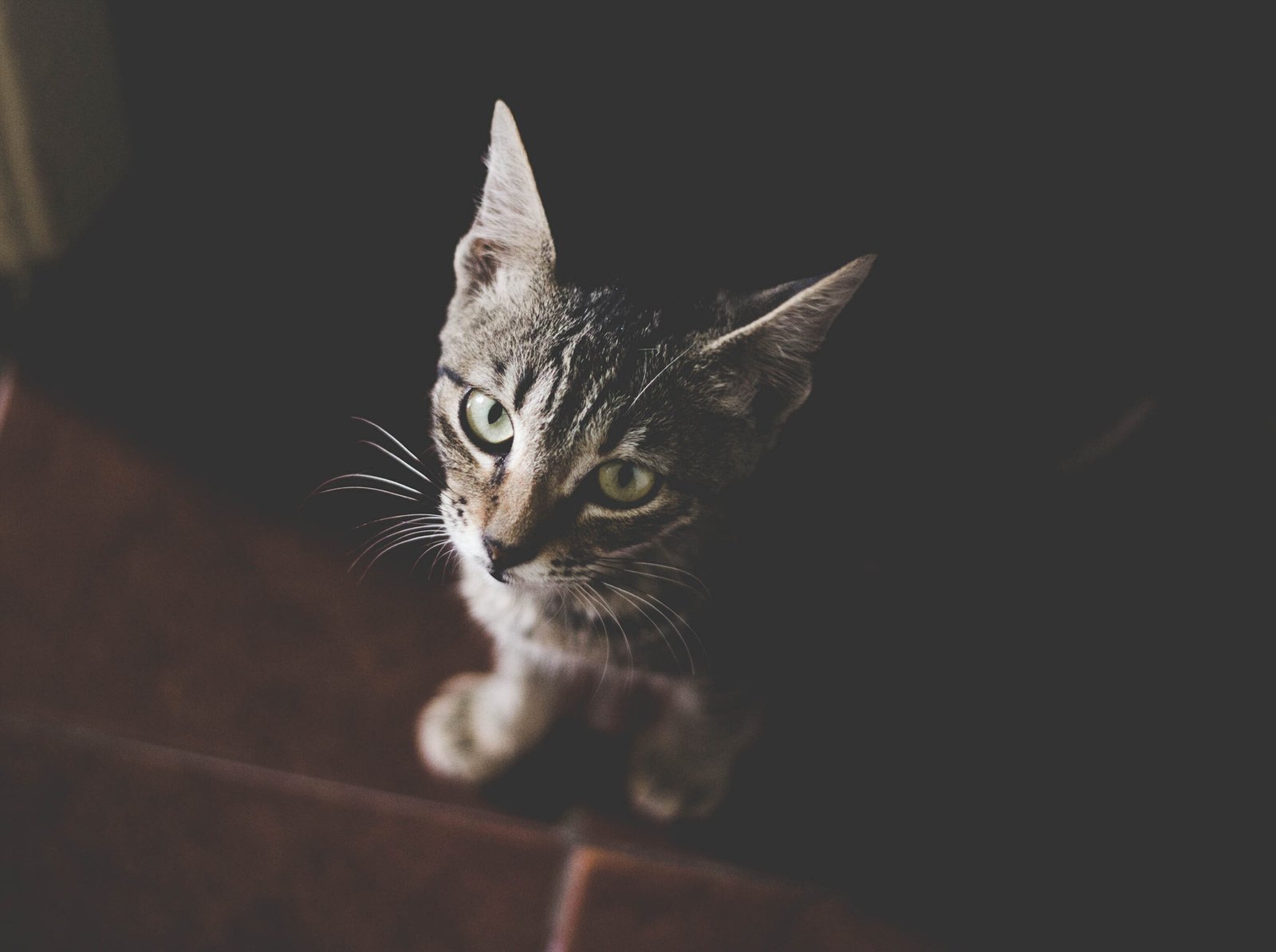
Absence truly makes the heart grow fonder—even for cats. When you’re away, your voice and movements are missed more than you might think. Some cats become withdrawn or vocalize more when their favorite person is gone. Upon your return, they may greet you with extra enthusiasm, rubbing against your legs or chirping excitedly. This response highlights just how much your daily presence matters to them.
Adapting to New Voices and Movements
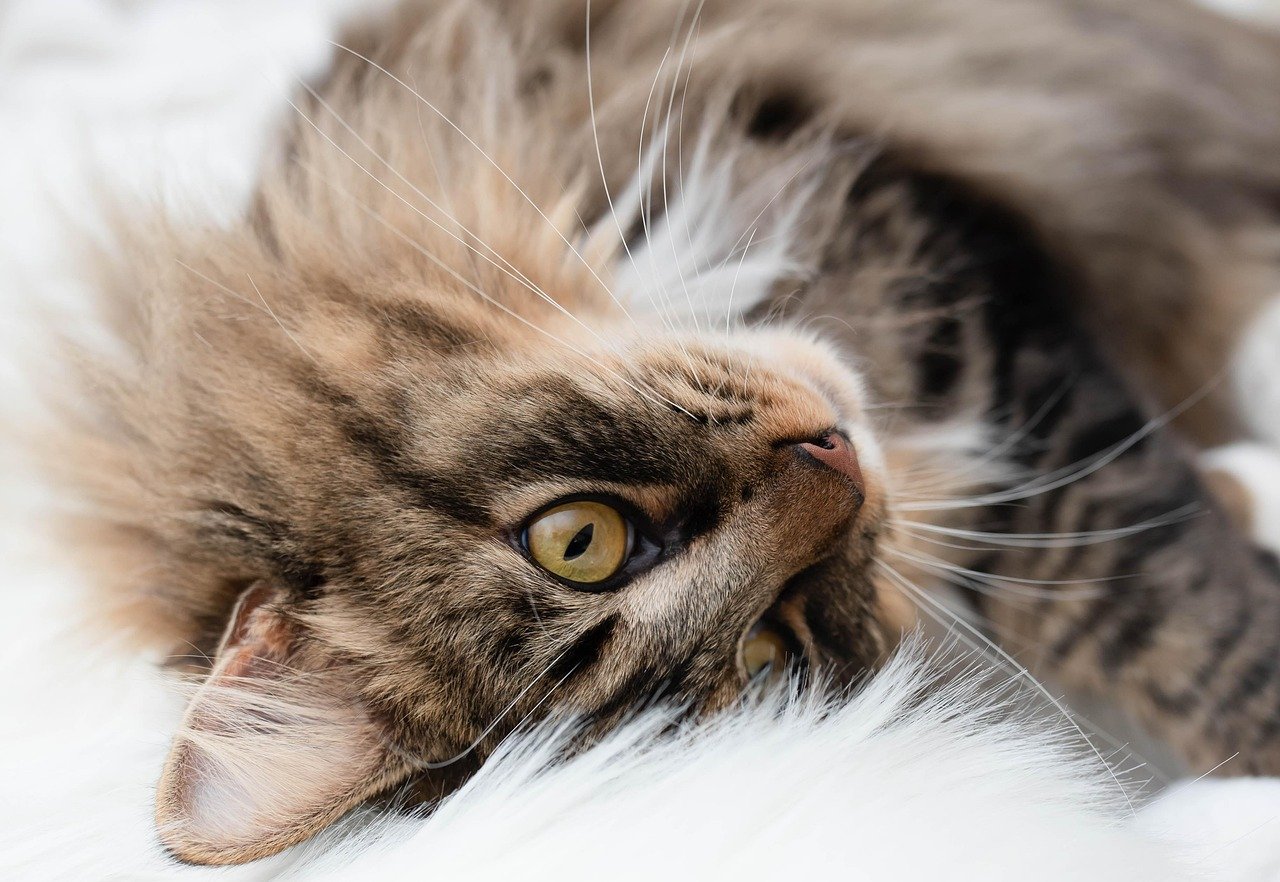
Introducing new people or pets to your home can be a challenge for your cat. They may be wary of unfamiliar voices and movements at first. However, with patience and gentle introduction, most cats learn to adjust. Your steady presence and familiar behaviors can help ease this transition, providing a sense of stability in times of change.
Special Cases: Shy and Senior Cats

Shy or older cats may take longer to form attachments to new voices and movements. These cats often need extra patience and gentle encouragement. Soft, consistent speech and slow, predictable movements can help build trust over time. With enough reassurance, even the most reserved feline can form a strong, lasting bond with their human.
Kittenhood and Early Attachment

The bonds formed during kittenhood can last a lifetime. Kittens are especially receptive to voices and movements, quickly learning who to trust and where to find comfort. Regular, gentle interaction during this early stage is crucial for developing a confident and affectionate adult cat. Talking, playing, and maintaining consistent routines help lay the foundation for a deep and trusting relationship.
Celebrating the Human-Cat Connection

Every voice, every step, and every gentle gesture you share with your cat weaves a tapestry of attachment and love. This unique bond is built on trust, routine, and mutual understanding. Whether your cat greets you at the door or curls up beside you at night, these moments are proof of the deep connection forged through daily interactions. Would you have guessed just how much your cat cherishes the sound of your voice and the rhythm of your every move?
Hi, I’m Bola, a passionate writer and creative strategist with a knack for crafting compelling content that educates, inspires, and connects. Over the years, I’ve honed my skills across various writing fields, including content creation, copywriting, online course development, and video scriptwriting.
When I’m not at my desk, you’ll find me exploring new ideas, reading books, or brainstorming creative ways to solve challenges. I believe that words have the power to transform, and I’m here to help you leverage that power for success.
Thanks for stopping by, Keep coming to this website to checkout new articles form me. You’d always love it!






